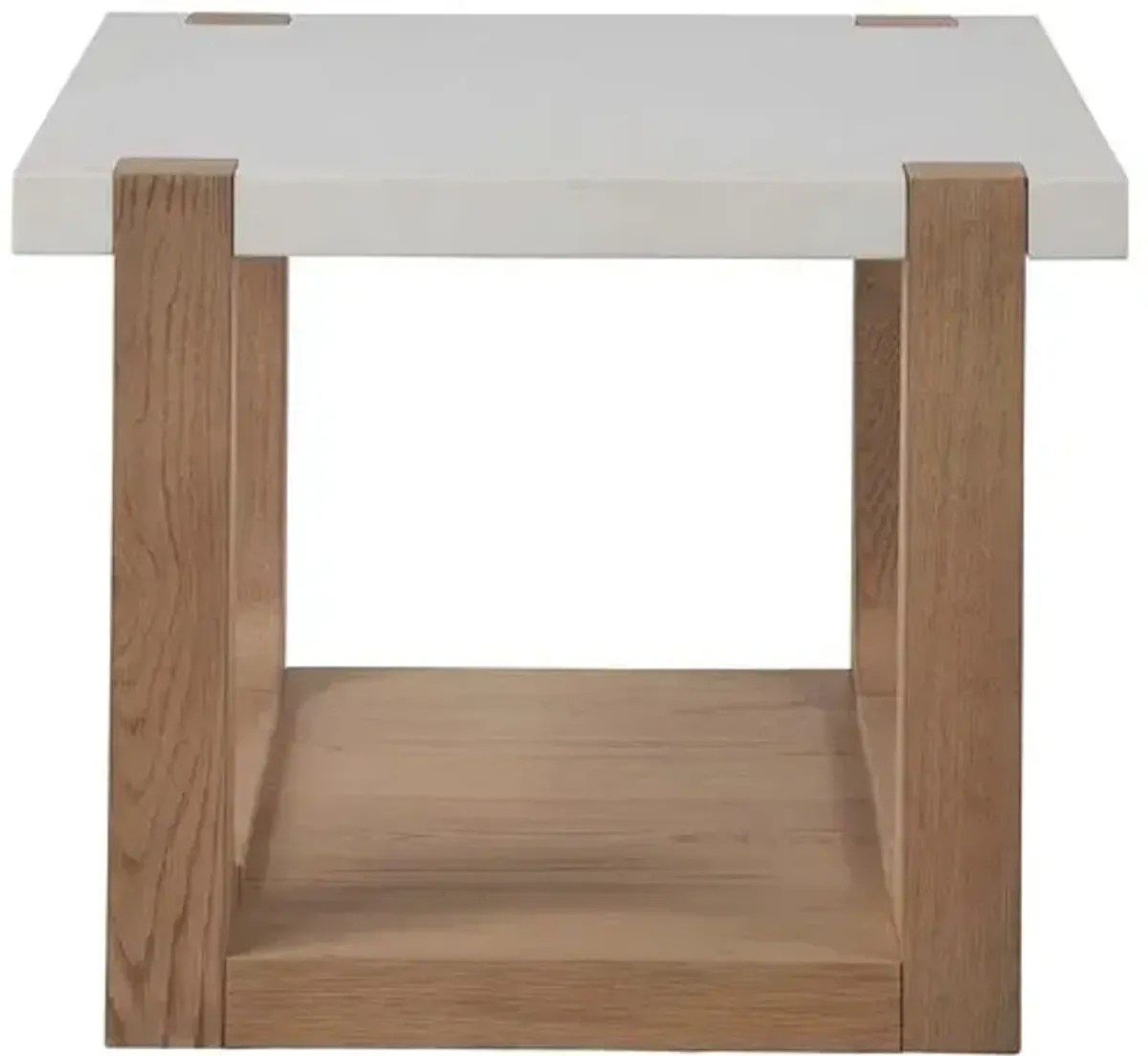You're on the list
By signing up, you agree to receive email marketing.








































































































































































If you’ve ever underestimated the importance of an end table, you’re not alone. Small in stature, they tend to fly under the decor radar, but you’ll soon find yourself short-handed when sitting down to read and realizing you don’t have a spot to place your book (or beverage).
End tables are exactly what they sound like a table placed at the end of your sofa or next to a chair. Proportion here is key; you’ll want this piece to be large enough and tall enough to easily reach from where you’re sitting — but not so big that it’s competing for visual balance with your coffee table or other surrounding furniture.
When choosing the right end table size, consider where it's going and what you plan to use it for. For example, you want to consider the height of any sofas, couches, and recliners you'll place next to them. As a rule of thumb, try to match the end table with the arm of the seating next to it. Choose a table with enough surface area room for a lamp, books, and a cup of coffee. You also have some flexibility with design and function. Some end tables will have drawers for small items, such as remote controls. Others might be taller and slim, with a smaller footprint that's ideal for displaying a vase or single sculpture.
End tables feel just as comfortable with bedroom furniture as they do among living room furniture, but their specific placement depends mainly on the piece you're pairing them with. The most traditional place to put one is beside a sofa, chair, or recliner, so there is a convenient place to set items down. The table needs to be close enough so you can reach it without getting up. It also should be positioned so it doesn't get in the way of people moving around the seating area. In bedrooms, end tables transform into nightstands on either side of the bed.
Since you want to easily grab things while sitting down, aim for an end table that's more or less the same height as the sofa, couch, or chair next to it. End tables that are slightly lower also work, especially for armless sofas or those with low arms. But an end table that's significantly higher than the surface next to it will look and feel awkward. It's also a visual disharmony that guests are bound to notice. If it's one or the other, tables should always be slightly shorter than the chairs they support.
You're on the list
By signing up, you agree to receive email marketing.